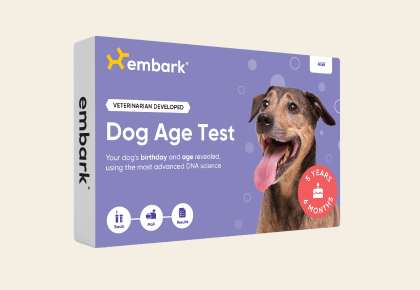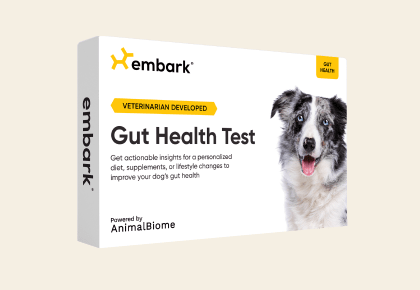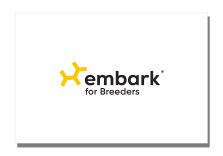Raine Syndrome
While Raine Syndrome causes a number of craniofacial abnormalities in human patients, in dogs, the most predominant sign of the condition is significant tooth wear, which leads to irritation of the dental pulp and considerable tooth pain.
-
Signs and symptoms
Worn teeth that may have cracks, display discolored enamel, or exposed pulp can be seen in affected dogs.
Signs are often first recognized in adults. -
Diagnosis
Genetic testing and clinical signs can be used to diagnose this condition.
-
Treatment
Routine dental treatments including tooth extraction is used to manage this disease.
-
What to do if your dog is at risk
Actions
- Talk to your vet about your dog’s Raine syndrome result so you can plan appropriate dental care, including regular professional cleanings and exams to monitor for signs of tooth wear or damage.
- Brush your dog’s teeth regularly using a soft-bristled brush and dog-safe toothpaste to reduce plaque and protect weakened enamel.
- Avoid hard toys, bones, or treats that could chip or crack fragile teeth.
-
Genetic Information
This mutation was first described in the Border Collie.
This mutation has an autosomal recessive inheritance, meaning that dogs must have two copies of the mutation in order to show clinical signs.
Gene names:
FAM20C ‐ chr
Inheritance type:
recessive
Citations:
-
Breeds affected
This health condition affects the following breeds
Learn about your dog’s unique genetic health
Dog owners
Breed identification, health and trait insights, personalized care recommendations, and the world’s first canine relative finder—all in one leading dog DNA test.
Learn about the report for dog ownersShop the test
Breeding programs
Embark’s test for breeding programs is one comprehensive DNA test designed with your needs in mind.
Learn about the report for breedersShop the test












